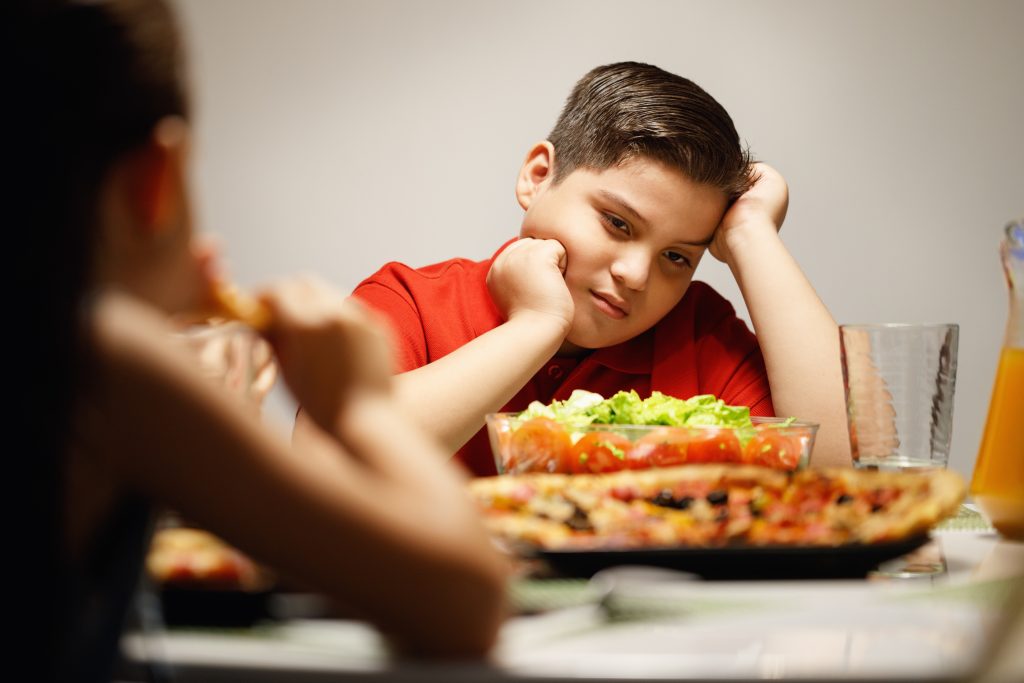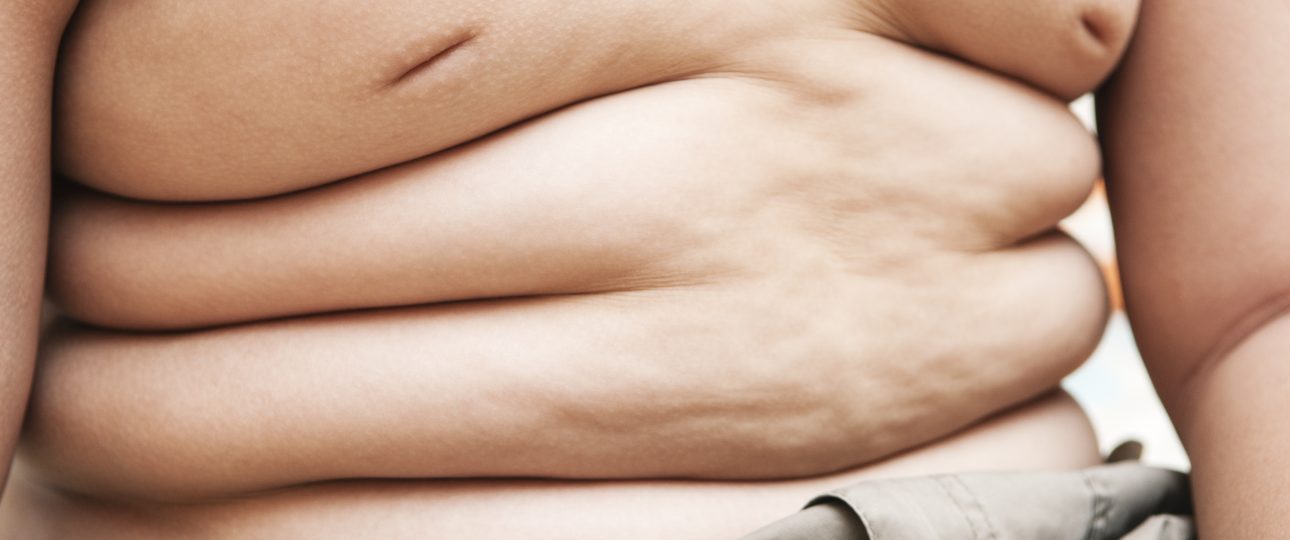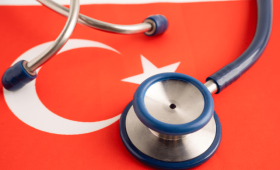Childhood Obesity
Children at risk of obesity and adolescents going through puberty both have severe health issues. Some of these issues have to do with their physical well-being, while others have to do with their psychological well-being. Teenagers and young toddlers might experience the same negative impacts of being overweight as adults. One of the early indicators and health hazards of pediatric obesity is being overweight and having a high cholesterol level. Some of the significant negative repercussions of being overweight include diabetes, high cholesterol, low self-esteem, and depression.
People must assist their children in adopting healthy diets and habits if they do not want them to become obese. It makes sense and is safe for the present and future for parents to take certain efforts to prevent their kids from being obese.
What Are the Early Signs and Risks of Childhood Obesity?

Children’s bodies are still growing, therefore at different times, they may have varying amounts of body fat. Because of this, parents cannot determine whether or not their children are obese.
Doctors use the BMI (Body Mass Index) as they do for adults to identify the early indicators and health hazards of pediatric obesity. The BMI demonstrates the relationship between weight and height. However, a BMI alone is insufficient. Your doctor might require more tests.
When Should Parents See a Doctor About the Early Signs and Health Risks of Childhood Obesity?

Parents should ask their doctors if they believe their kids are heavier than they should be. Children are still developing, therefore only a doctor can determine whether or not they are in danger of becoming obese. When determining whether or not your child is obese, your doctor will inquire about the family’s history of weight gain, nutrition, and lifestyle choices.
In Turkey, you may affordably manage your obesity while also traveling!



